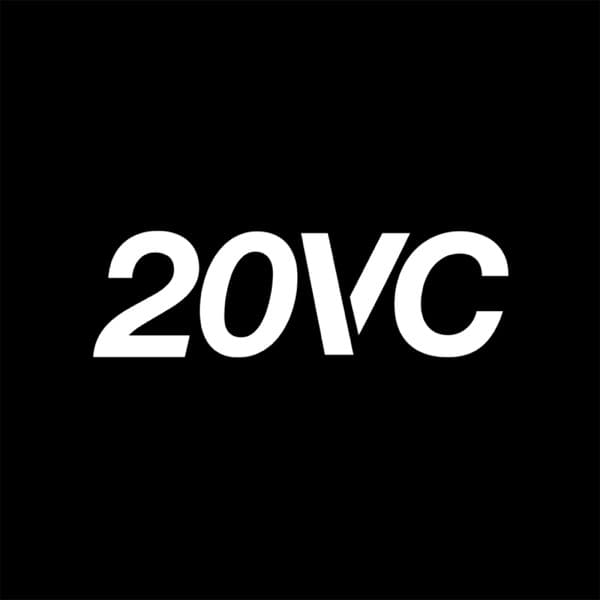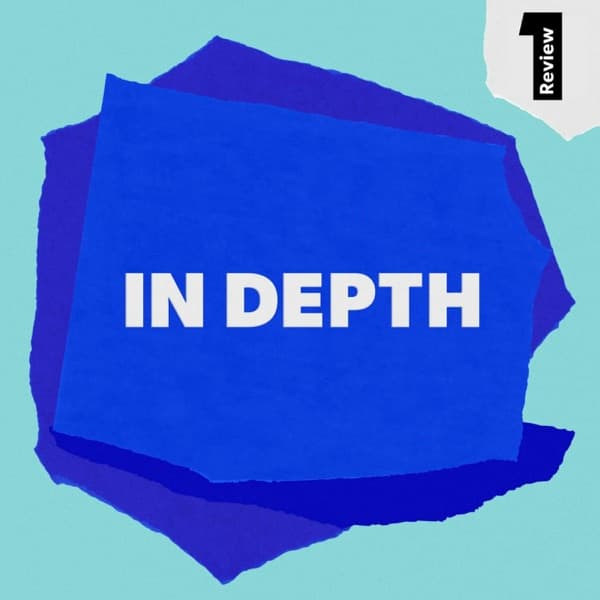Lenny's Podcast: Product | Growth | Career: Mark Benioff discusses Salesforce's growth, AI's impact, and the importance of a beginner's mindset.
Latent Space: The AI Engineer Podcast: The Latent Space Live conference at NeurIPS 2024 highlighted advancements in computer vision, emphasizing the transition to video models and the rise of new object detection methods.
Lenny's Podcast: Product | Growth | Career - Behind the founder: Marc Benioff

Mark Benioff, co-founder and CEO of Salesforce, shares insights into the company's growth and the role of AI in shaping the future. He emphasizes the importance of maintaining a beginner's mindset to foster innovation and adaptability. Benioff recounts the early days of Salesforce, highlighting creative marketing strategies like hiring actors to protest at competitor events to gain attention. He discusses the significance of AI, describing it as the defining technology of our lifetime, and shares how Salesforce is integrating AI into its operations through platforms like AgentForce and Einstein. Benioff also reflects on his relationship with Steve Jobs, sharing stories of collaboration and mutual support. He stresses the need for continuous improvement and experimentation, drawing parallels to the Japanese concept of Kaizen. Benioff advises entrepreneurs to embrace change and innovation, viewing challenges as opportunities for growth.
Key Points:
- Maintain a beginner's mindset to foster innovation and adaptability.
- AI is a transformative technology that requires integration into business strategies.
- Creative marketing can differentiate a company and capture attention.
- Continuous improvement (Kaizen) is essential for long-term success.
- Embrace change and view challenges as opportunities for growth.
Details:
1. 🔍 The Genesis of Salesforce and AI Insights
1.1. Salesforce's Launch Strategies
1.2. Focus on Long-term Goals
1.3. AI as a Defining Technology
2. 🎙️ In-Depth with Mark Benioff: Leadership and Innovation
2.1. Salesforce's Market Position and Growth
2.2. Key Discussion Topics
3. 🌐 Sponsorship Highlights: Cloudinary and Interpret
- Cloudinary is trusted by over 2 million developers and many leading brands, highlighting its widespread adoption and reliability.
- The platform is API-first, focusing on image and video management, which is crucial for product leaders who use visual storytelling.
- Cloudinary emphasizes the importance of AI in automating processes, indicating a strategic focus on efficiency and innovation.
- Gil Grossman from Fiverr notes that users share billions of images, videos, and audio files, showcasing Cloudinary's capability to handle large-scale media management.
- The API-first approach allows seamless integration with existing systems, enhancing flexibility and scalability for developers.
- AI-driven automation in Cloudinary reduces manual workload, improving productivity and allowing teams to focus on creative tasks.
- Cloudinary's infrastructure supports high-volume media sharing, as evidenced by Fiverr's extensive use, ensuring reliability and performance at scale.
4. 🌟 Visionary Moves: Domain Names and Early Internet Days
- Interpret unifies customer interactions from platforms like Gong, Zendesk, Twitter, and App Store reviews for comprehensive analysis.
- Leading product organizations such as Canva, Notion, Loom, Linear, Monday.com, and Strava use Interpret to integrate customer feedback into their product development processes.
- The tool helps build best-in-class products faster by mapping the business impact of customer needs and prioritizing them effectively.
- Teams are empowered to take action on use cases like win-loss analysis, critical bug detection, and identifying drivers of churn using the AI assistant, Wisdom.
- Interpret offers automation of feedback loops and roadmap prioritization, with a special offer of two free months on an annual plan.
- The integration of these tools into product development processes has led to significant improvements in customer satisfaction and product quality for the organizations involved.
5. 🤝 A Unique Bond: Mark Benioff and Steve Jobs
- Mark Benioff owned several significant domain names such as bill.com, you.com, code.com, appstore.com, and salesforce.com, reflecting his forward-thinking vision.
- Benioff's interest in domain names began during his time at Oracle, where he worked from 1986 to 1996, a period he described as a rapid decade of career acceleration.
- After leaving Oracle, Benioff took time off in Hawaii, during which he engaged in angel investing and witnessed some of his investments, like Siebel Systems, go public.
- His fascination with the internet led him to purchase domain names for potential future companies, demonstrating his anticipation of future business trends.
- Benioff gifted the domain appstore.com to Steve Jobs, highlighting a unique bond and strategic foresight.
6. 💼 Enterprise Software: Challenges and Steve's Influence
- Mark Benioff's early career was influenced by an internship at Apple in 1984, where he developed the first native assembly language on the Macintosh, fostering a relationship with Steve Jobs.
- Steve Jobs advised Mark Benioff to grow Salesforce tenfold within 24 months, sign a major customer like Avon, and create an 'application economy,' which led to the creation of the AppExchange.
- Mark Benioff registered the domain appstore.com and trademarked 'App Store' after a conversation with Steve Jobs, which later became significant with the launch of Apple's App Store.
- The AppExchange was launched in 2005 or 2006, initially tested as 'App Store' but rebranded due to customer feedback.
- Steve Jobs' theatrical reveal of Apple's App Store was a pivotal moment, highlighting the influence of his earlier advice to Benioff.
- Mark Benioff gifted the appstore.com URL and trademark to Steve Jobs, who downplayed its future significance, yet it became a cornerstone of Apple's ecosystem.
7. 🚀 Salesforce's Bold Marketing and Strategic Breakthroughs
- Generosity was a central theme in Salesforce's strategic breakthroughs, emphasizing the importance of mutual support and collaboration.
- Steve Jobs, despite his dislike for enterprise software, was supportive and provided advice, highlighting the value of having mentors who challenge your perspective.
- Salesforce's launch strategy included bold marketing tactics, such as hiring actors to protest at competitor events, demonstrating the effectiveness of unconventional marketing strategies.
- The transition from desktop software to cloud-based SaaS was a significant shift that Salesforce championed, marking a pivotal moment in software history.
- Salesforce's marketing campaign, including 'end of software' logos and mascots, was innovative and helped position the company as a leader in the SaaS industry.
- The SaaS transition not only revolutionized software delivery but also set a new standard for customer engagement and scalability, which Salesforce leveraged to expand its market share.
8. 🧠 Cultivating Beginner's Mind for Innovation
8.1. Launch Event and Initial Publicity
8.2. Breaking Through the Noise
8.3. Experimentation and Strategy
8.4. Cultivating Beginner's Mind
8.5. Strategic Focus Areas
9. 🌍 Zen, Creativity, and Global Influence
9.1. Coda's Role in Workflow Management
9.2. Zen and Creativity in Business
9.3. Importance of Geography in Creativity
10. 📈 Navigating Growth: Challenges and Opportunities
10.1. Competition and Market Position
10.2. Innovation and New Ventures
11. 🤖 AI's Transformative Role in Business and Society
11.1. AI in Healthcare
11.2. AI vs. Human Diagnosis
11.3. AI's Impact on Innovation
11.4. Personal Realization of AI's Potential
11.5. Salesforce's AI Transactions
11.6. Automating Customer Touchpoints
11.7. Future Vision of AI and Robotics
12. 🔄 Workforce Evolution in the Age of AI
- The workforce is undergoing a shift due to AI, with a decrease in the need for support engineers as a robotic support layer is implemented, exemplified by the 'agent force'.
- There is an increase in hiring account executives to drive company growth, indicating a shift in workforce needs from technical support to sales and growth roles.
- The speaker encourages employees to adapt to these changes, highlighting the importance of rebalancing the workforce to align with new technological advancements.
- In healthcare and other sectors, new job roles are emerging that currently lack qualified individuals, suggesting a need for workforce development in these areas.
- The impact of AI on jobs will vary by location, with smaller towns potentially seeing less immediate impact compared to larger cities like San Francisco.
- Overall, there is a trend of decreasing support roles and increasing sales roles, reflecting the changing demands of the workforce in the age of AI.
13. 🎯 Balancing Product and Sales: A Holistic Approach
13.1. Product vs. Sales Orientation
13.2. Data Cloud and Agent Technology
13.3. Holistic Business Management
13.4. Navigating Challenges and Failures
14. 🎢 Embracing Change: Failures, Successes, and Future Visions
14.1. The Nature of Entrepreneurial Success
14.2. The Rise of Agents in Technology
14.3. Mindset for Innovation and Growth
14.4. Vision for the Future
Latent Space: The AI Engineer Podcast - 2024 in Vision [LS Live @ NeurIPS]
![2024 in Vision [LS Live @ NeurIPS]](/_next/image?url=https%3A%2F%2Fis1-ssl.mzstatic.com%2Fimage%2Fthumb%2FPodcasts116%2Fv4%2F97%2F39%2Fd6%2F9739d6fc-d55e-483b-c8fd-66764254ab1d%2Fmza_11445832196745209483.jpg%2F600x600bb.jpg&w=1920&q=75)
The Latent Space Live conference at NeurIPS 2024 focused on the latest advancements in computer vision, particularly the shift from image-based models to video models and the emergence of new object detection methods. Keynote speakers from Roboflow and Moondream discussed the evolution of vision language models, highlighting the transition to multimodal capabilities with models like GPT-40 and Claude 3. The conference emphasized the importance of video generation, with models like Sora and SAM2 leading the way in video processing and object detection. Sora, despite lacking a formal paper, was noted for its groundbreaking video generation capabilities, while SAM2 was praised for its efficiency in video segmentation. The conference also highlighted the rise of new object detection models, such as RT-Dedr and LW-Dedr, which are outperforming traditional YOLO models in real-time detection tasks. These advancements are driven by improvements in pre-training and the integration of transformer-based architectures. The event underscored the importance of leveraging pre-trained models and the potential of new techniques like few-shot prompting and chain of thought reasoning to enhance model performance in specific tasks like gauge reading.
Key Points:
- Vision language models are becoming mainstream, with advancements in multimodal capabilities.
- Sora and SAM2 are leading innovations in video generation and segmentation.
- New object detection models like RT-Dedr and LW-Dedr outperform YOLO models.
- Pre-training and transformer architectures are key to improving model performance.
- Few-shot prompting and chain of thought reasoning enhance task-specific model capabilities.
Details:
1. 🎉 Welcome to Latent Space Live
- Latent Space Live is a mini conference held at NeurIPS 2024 in Vancouver.
- The event aims to add value to academic conference coverage by providing high-quality talks.
- A survey was conducted with over 900 participants to determine the desired content.
- Top speakers from the Latent Space Network were invited to cover various domains.
2. 🔍 Vision 2024 Keynote Highlights
- 200 attendees joined in person, with over 2,200 watching live online, indicating strong interest and engagement.
- Roboflow's Supervision library has surpassed PyTorch's Vision Library, highlighting its leadership in open-source vision models and tooling.
- RoboFlow Universe hosts hundreds of thousands of open-source vision datasets and models, showcasing its extensive resources.
- Roboflow announced a $40 million Series B funding round led by Google Ventures, signifying significant investment and growth potential.
- The $40 million Series B funding will be used to expand Roboflow's team and accelerate product development, enhancing its market position.
- Roboflow's Supervision library's surpassing of PyTorch's Vision Library underscores its innovation and competitive edge in the AI and machine learning space.
3. 📈 Trends in Vision Language Models
3.1. Mainstream Adoption
3.2. Model Examples
3.3. Expert Insights
3.4. Innovative Model
4. 📹 Video Generation and Object Detection
- The industry is witnessing a significant shift from image-based models to video-based models, leveraging similar underlying concepts to enhance performance and applicability.
- New real-time object detection models are emerging, gradually replacing the older YOLO (You Only Look Once) models, indicating a trend towards more efficient and accurate detection systems.
5. 🖼️ Advances in Video and Image Processing
- Sora is highlighted as the most significant paper of 2024, despite being released in February, indicating its early impact and importance in the field.
- Replication efforts include open Sora and related work such as stable diffusion video, showcasing a trend towards open-source and collaborative development in video processing.
- SAM2 applies the SAM strategy to video, marking a strategic shift and innovation in video processing methodologies.
- Improvements in 2024 to debtors are enhancing their performance compared to yellow-based models, suggesting significant advancements in model efficiency and accuracy.
6. 🧠 Understanding Sora and SAM2
6.1. MagVIT and Advanced Video Generation
6.2. Understanding Sora and SAM2
7. 🧩 Innovations in Video Segmentation
7.1. LLM Captioning and Diffusion Model Training
7.2. Video Generation Enhancements
7.3. Diffusion Transformer and Model Evolution
7.4. Compute Power and Model Performance
8. 🚀 Real-Time Object Detection Evolution
- SAM has saved users 75 years of labeling time, making it the largest SAM API available.
- SAM allows users to train pure bounding box regression models, generating high-quality masks with less training data, which is beneficial for data-limited scenarios.
- Many users run object detectors on every frame in a video, and SAM2 enhances this by applying effective object detection to video, offering a plug-and-play solution.
- The SAM2 pipeline allows for tracking objects even when they disappear and reappear, which is challenging for existing trackers.
- The SAM2 system uses a simple pipeline where a bounding box in the first frame prompts the generation of masks for the object throughout the video.
9. 🔬 Exploring Vision Language Models
9.1. SAM2 Enhancements
9.2. Video Segmentation with Memory Bank
9.3. Data Engine and Model-Data Set Unification
9.4. Memory Bank and Frame Attention
9.5. Benchmarking and Performance Insights
10. 🧪 Experimenting with Pre-trained Models
10.1. Performance Stagnation in YOLO Models
10.2. Advancements in New Models
10.3. Efficiency and Training Cycles
10.4. Future Research Directions
11. 🔍 Investigating LLMs and Vision Challenges
11.1. Limitations of LLMs in Visual Perception
11.2. Research Insights from MMVP Paper
11.3. Challenges and Proposed Solutions
12. 📚 Florence 2 and PolyGemma Innovations
- Florence 2 enhances pixel-level understanding and semantic reasoning through spatial hierarchy and semantic granularity, significantly improving object detection and image understanding.
- The model employs three labeling paradigms: text captioning, region text pairs, and text phrase region annotations, which collectively boost semantic understanding and model accuracy.
- Florence 2 achieves 60% mAP on COCO, nearing state-of-the-art performance, and demonstrates efficient training by leveraging pre-trained weights for faster convergence.
- Models with 0.2 billion and 0.7 billion parameters show saturation with image and region level annotations, indicating the necessity for larger models to fully capture complex visual tasks.
- PolyGemma 2, released shortly after PolyGemma, is compatible with RoboFlow, and Florence 2 models were integrated into the platform within 14 hours of release, showcasing rapid deployment capabilities.
13. 🧠 AIM-V2 and Vision Model Developments
13.1. PolyGemma 2 Model Architecture
13.2. Performance and Capacity Insights
13.3. AIM-V2 Model Innovations
13.4. Real-World Application and Benchmarking
14. 🌟 Moon Dream's Vision Model Journey
14.1. Introduction and Context
14.2. Challenges in Object Detection
14.3. Model Development and Limitations
14.4. Moon Dream's Vision Model Focus
14.5. Model Variants and Deployment
14.6. Pruning and Performance
14.7. Challenges with Gauge Reading
14.8. Improving Model Understanding
14.9. Vision Language Models (VLMs) vs. Language Models (LLMs)
14.10. Conclusion and Future Directions
Included Channels
 All-In with Chamath, Jason, Sacks & Friedberg
All-In with Chamath, Jason, Sacks & Friedberg Lex Fridman Podcast
Lex Fridman Podcast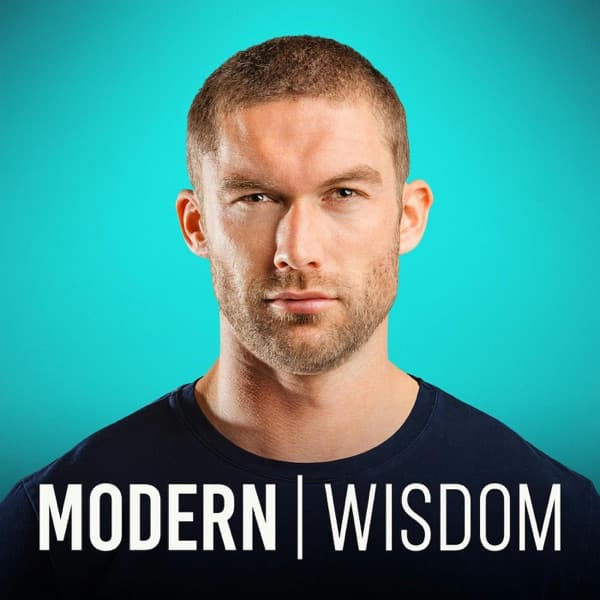 Modern Wisdom
Modern Wisdom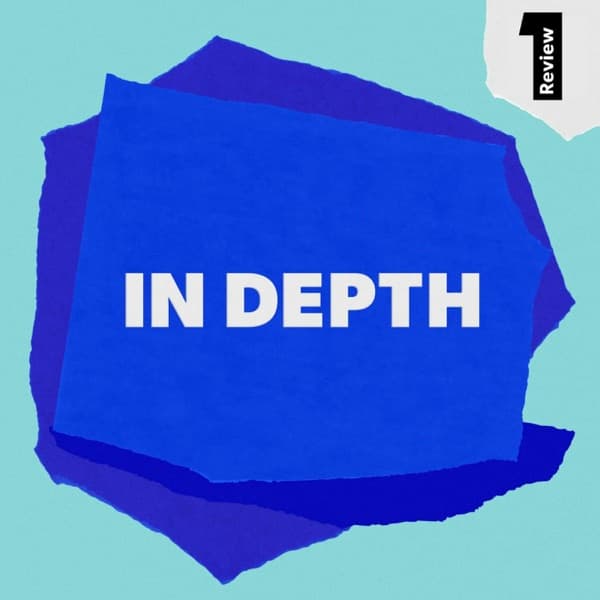 In Depth
In Depth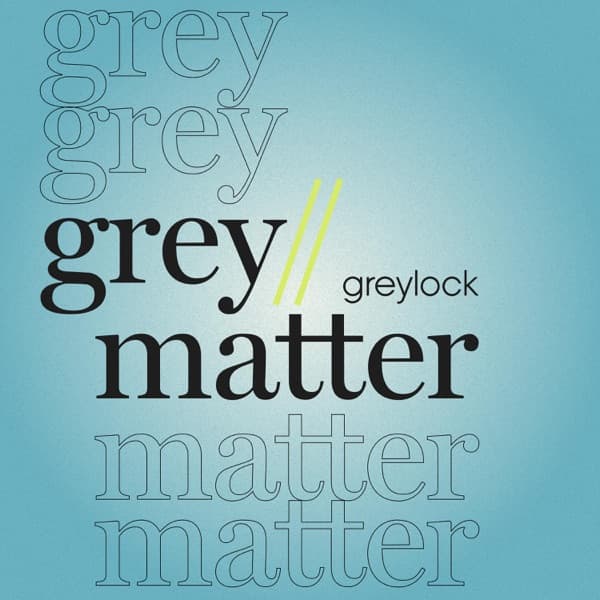 Greymatter
Greymatter a16z Podcast
a16z Podcast Lenny's Podcast: Product | Growth | Career
Lenny's Podcast: Product | Growth | Career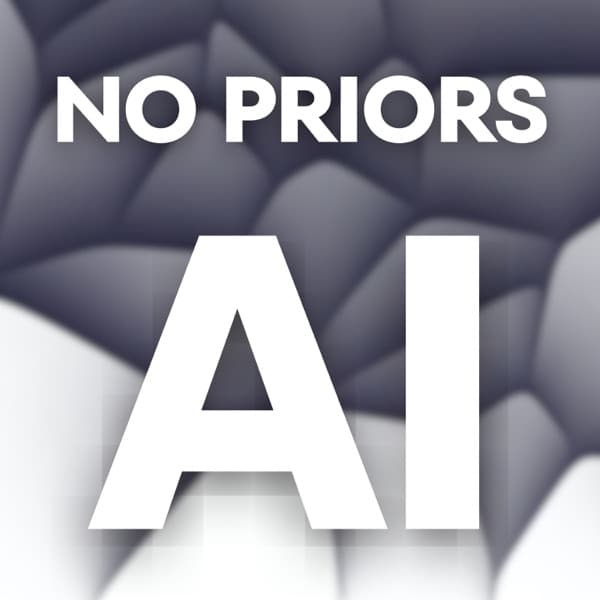 No Priors AI
No Priors AI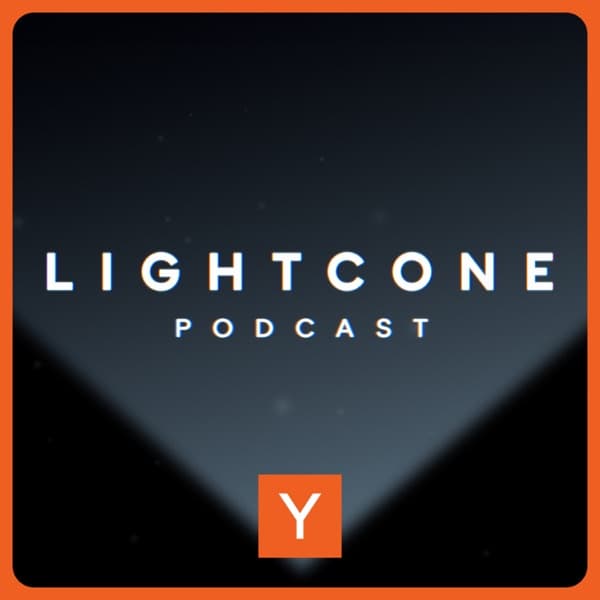 Lightcone Podcast
Lightcone Podcast The Twenty Minute VC (20VC): Venture Capital | Startup Funding | The Pitch
The Twenty Minute VC (20VC): Venture Capital | Startup Funding | The Pitch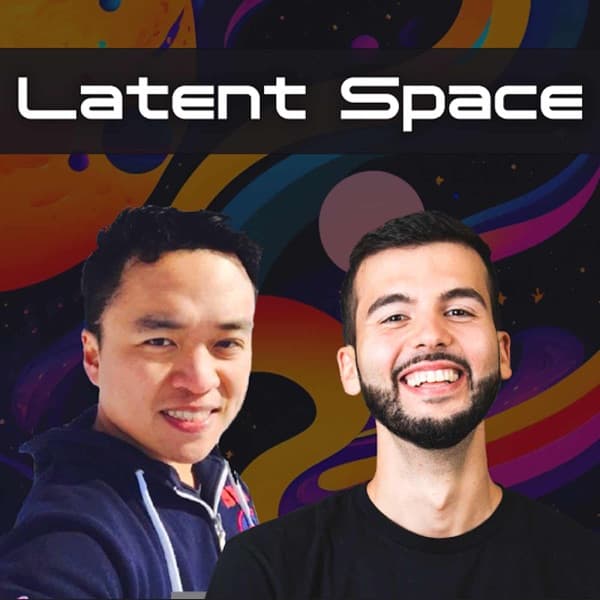 Latent Space: The AI Engineer Podcast
Latent Space: The AI Engineer Podcast How I Built This with Guy Raz
How I Built This with Guy Raz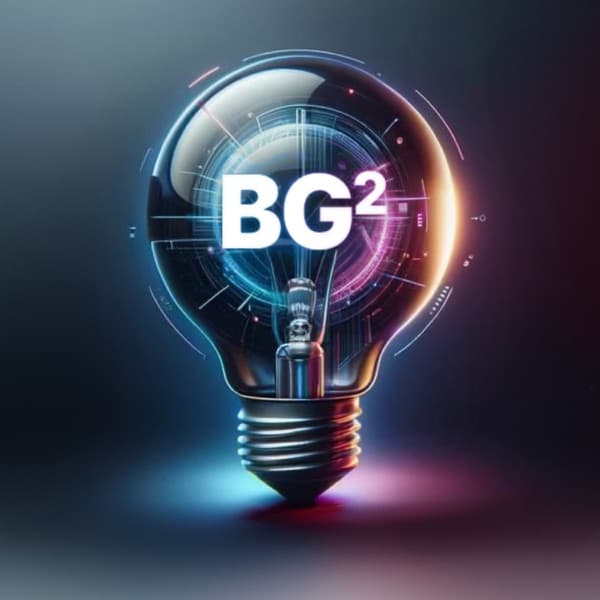 BG2Pod with Brad Gerstner and Bill Gurley
BG2Pod with Brad Gerstner and Bill Gurley


